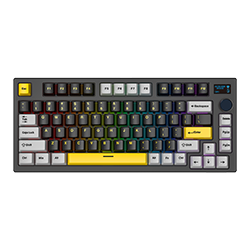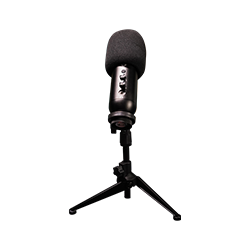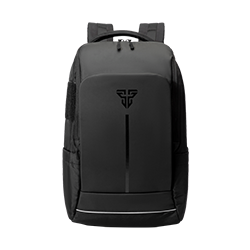EASY GUIDE TO MOUSE SKATES - WHAT & WHY
As most PC gamers know, your mouse is one of your best tools to take on the competition in any game. When gaming, a good mouse, grip type, and mouse pad are all important, however, one key thing is quite overlooked!
You guessed it. The mouse skates!
Mouse Skates are a really important factor in how you interact with your mouse, and how your mouse interacts with the mouse pad, as well as the game. In other words, it’s a large contributor to the feel of the mouse when using it.
Let’s take a look into the different terminology and types of mouse feet, so you can easily and quickly choose what’s best for you!
Mouse Skates - What’s the Deal
On the bottom of your mouse, there may be 2-4 little pads, on the edges of the mouse. These are called Mouse Skates, and are also known as Mouse Feet.
The purpose of them is to reduce the friction of the mouse when interacting with the mouse pad, and to help the mouse glide easier, faster, and smoother. In a basic sense, they’re like the wheels of a car. Without the wheels, you wouldn’t be moving anywhere, fast.
DIFFERENT TYPES OF MOUSE FEET & IMPORTANT WORDS TO KNOW

Mouse Skates can come in different styles, sizes, shapes, and even materials, as there isn’t too strict industry standardization of them. However, below, we’ve provided the most used types, and terminology regarding them.
- PTFE - Polytetrafluoroethylene, also colloquially known as Teflon. This material has the lowest coefficient of friction (aka, lowest friction when moving horizontally over an object) of any readily available material. Most mouse feet are made out of PTFE.
- Virgin-Grade PTFE - This is 100% pure PTFE. Virgin-Grade PTFE is always translucent or white color, as it has not been mixed with any dye. It is usually the best of the best, in terms of being low friction. Keep in mind that some non-virgin-grade PTFE may be dyed white to give the appearance of that it is virgin-grade.
- Stock Mouse Feet - This refers to the mouse feet that come with the mouse from the manufacturer. Usually a mix of PTFE and other materials (such as dyes); or PVC, or plastic, mixed with a black dye. Widely considered to be less optimal than Virgin-Grade PTFE, due to being higher friction. However, the actual performance depends on the mixture of materials and the manufacturing process.
Other words you should know about Mouse Skates:
-
Break-in Period - According to some users, some mouse feet are a bit rough out-of-the-box, and need to be used for some time, before feeling smooth.
Thickness - Refers to the thickness of the mouse skate, which is important to keep in mind due to some mice having low LOD. - Rounded Edges - Refers to mouse feet with smooth, rounded edges that are curved, instead of having a straight cut. This helps reduce the friction even more, and can make the mouse feel smoother.
Should you replace your mouse skates?
Just like switches, this is totally based upon preference. If you notice your mouse has a bit too much friction on your mouse pad, or you want your mouse to be buttery smooth, then you will benefit from replacing the skates on your mouse.
Keep in mind that thickness of the skates is important due to some mice having low LOD (Lift Off Distance), and that lightweight mice may be a bit too slippery with PTFE on a speed mouse pad.























